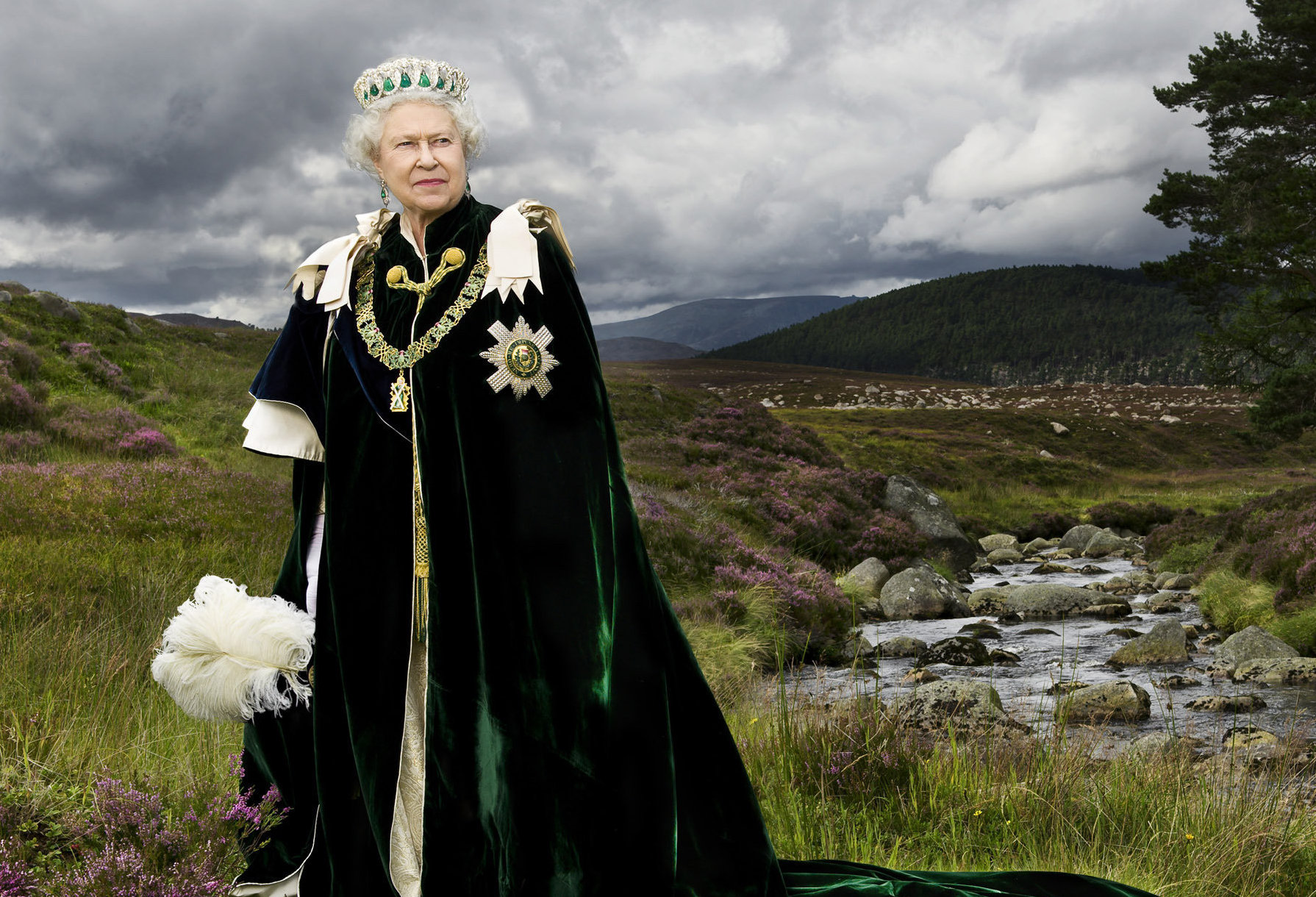
CLAIM:
“The Crown Estate is not the private property of the Queen” – common viewpoint.
DOORSTEP ANSWER:
The actual legal ownership of the Crown Estate is a legal minefield. The Scottish Government should be ready to prevent Westminster doing a land grab after independence.
WHO OWNS THE CROWN ESTATES?
THE Crown Estate (CE) is a collection of land and other assets worth some £15.2 billion, according to the latest official valuation (for 2020-21). The annual net profit was £269.3 million – a reduction due to Covid – but the total capital value of the estate rose last year by a significant £1.1bn.
Were Scotland to vote for independence next year, ownership of the Crown Estate and the allocation of its assets between the new state and rUK would be a major issue. The complicating factor is the unique – and opaque – nature of the ownership of the Crown Estate and its significant assets.
The CE is owned neither by the reigning sovereign nor by the British government. Technically, it is “owned by the monarch in right of Crown”. As the CE website explains, the ruling king or queen owns the CE by right of being the monarch, not as personal property.
This is normally interpreted as meaning the monarch cannot dispose of CE assets. The estate is managed by an independent board charged with maintaining and enhancing their value. This dates from the Crown Estates Acts passed in 1951 and 1956. Any net revenues go to the UK Treasury which remits a set percentage (currently 25%) to the monarch to cover royal duties and the upkeep of royal palaces.
DOES THE MONARCH INFLUENCE THE CROWN ESTATE?
HOWEVER, the management of the CE is less independent than at first seems to be the case. Legislation gives the Treasury “power of direction over the Crown Estate’s business”, should a conflict arise. One can imagine the Treasury using such powers to shift assets into other ownership, in anticipation of any negotiations with the Scottish government. The extent of such interference could be challenged in the courts. How much power does the monarch retain over the CE? Legally, the chair of the board is appointed by the monarch on the recommendation of the government. Normal constitutional practice assumes the monarch will accept such a recommendation without question.
However, the Queen has on occasion interfered with the democratic process. In 1973, her personal solicitor lobbied to change a proposed law that might have exposed the extent of royal family shareholdings. The draft bill was changed. It is not hard to imagine a monarch with strong political views making known his or her unhappiness with an appointment to the CE board, without going as far as a public rejection. Probably few prime ministers would be willing to start a feud with the monarchy over such an issue.
The current chair of the CE board is senior investment banker Robin Budenberg, who is also the chair of Lloyds Banking Group (which includes Bank of Scotland). It is difficult to imagine a more prominent member of the British (and global) financial system.
Another key CE board member is James Darkins, formerly boss of the American Nuveen Real Estate, perhaps the world’s largest property empire. Nuveen has been at the centre of allegations of burning the Brazilian savannah to make room for intensive agriculture.
ROYAL HOLDINGS IN SCOTLAND AFTER INDEPENDENCE
THE hereditary land revenues of the monarchy in Scotland were transferred to the UK Government in the 1830s, and thence eventually to the Crown Estate. But the Scotland Act 2016 devolved the management and revenues of the Crown Estate in Scotland to the Scottish Parliament.
The board of Crown Estate Scotland is appointed by Scottish ministers, not the Queen. However, only some 40% by value of Crown Estate assets in Scotland were in fact transferred to Holyrood control. The Fort Kinnaird retail park in Edinburgh was kept by the UK arm of the Crown Estate, then sold off and the proceeds used to purchase another retail park in England. This effectively transferred a significant revenue stream from Holyrood to the UK Treasury.
We can assume that after independence the assets of Crown Estate Scotland will stay with Holyrood. However, this raises the question of the ownership of remaining Crown Estate assets and the distribution of their revenues. The Treasury will doubtless argue these are de facto English revenues.
However, should Scotland retain the monarchy, as proposed by the SNP, the issue is less clear. CE revenues are used to fund royal duties. Will Scotland be expected to contribute separately? Investments held by the Crown Estate in England were funded partly from earlier Scottish royal hereditary revenues. A proper division of asset ownership cannot be made on the existing geographical location of CE properties.
We should also note that not all the properties owned by the House of Windsor are included in the Crown Estate. The Queen directly owns other properties in Scotland including the Balmoral Estate and retains the associated revenues (the so-called Privy Purse). This raises the question of how the monarchy will be taxed in Scotland after independence.
CONCLUSION:
As an example of how legally messy royal property can become, take the example of Germany. In 1918, following defeat in the First World War, the Kaiser abdicated but got to keep a substantial part of the fortune the Prussian monarchy had amassed, including castles, land, artworks and jewellery.
After the Second World War, the communist German Democratic Republic nationalised much of this. Following re-unification in 1989, the Hohenzollern family has been suing to get this property back. Much of the case hinges on to what degree they supported the rise of Hitler, which might exclude them from restitution. The legal battle continues. The point is that dealing with the legacy of royal property holdings post-indy is complicated and fraught with legal minefields.
FACT CHECK RATING:

5/10. At least until the case goes to court.







